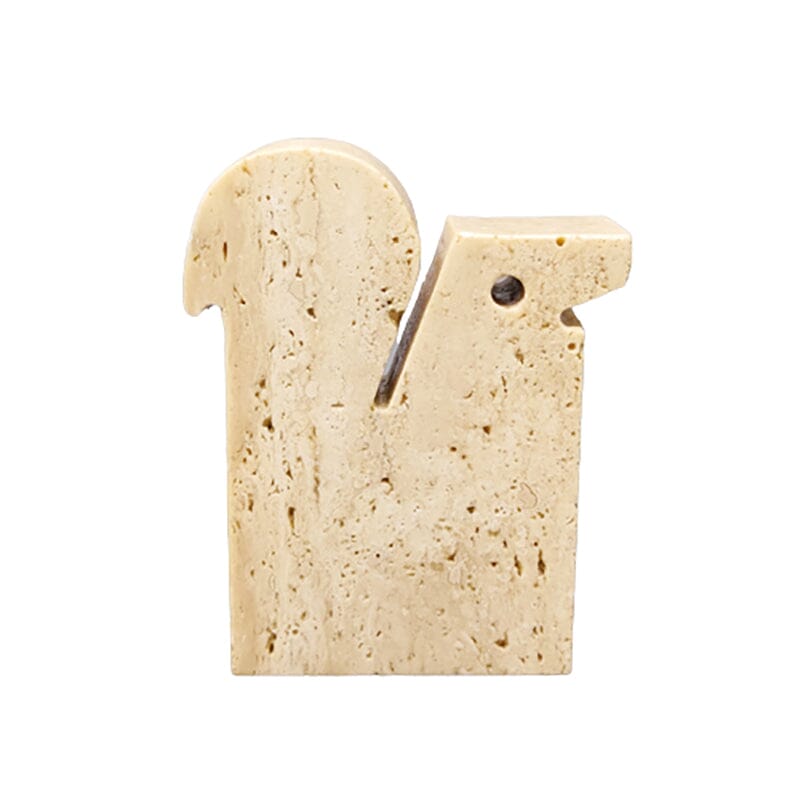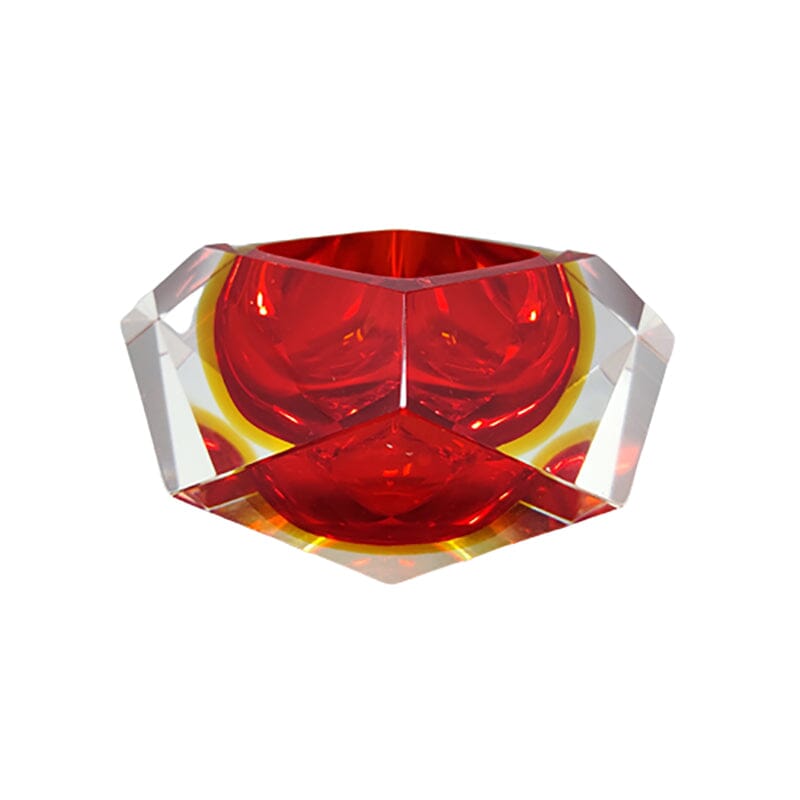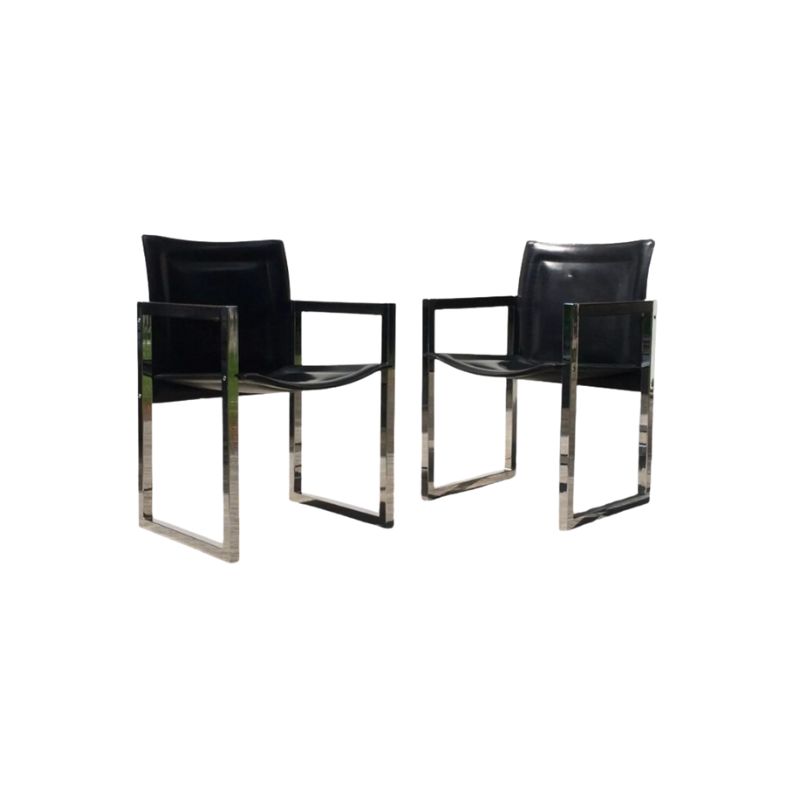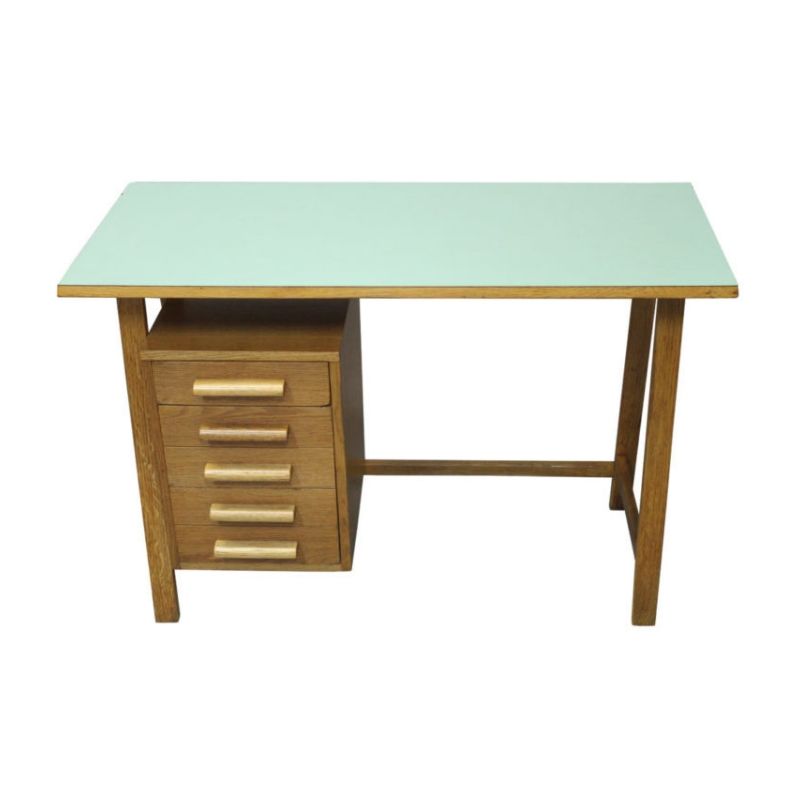Hello All,
I recently bought this specific CSS unit and I'm wondering what is the best way to put this up because I have a hard time figuring it out. There's nothing to mount it on the wall and it doesn't reach my ceiling so I assume that I can make it freestanding just like the picture by it's gravity.If you have any pointers or technique please let me know. As of now it seems like I need at least 3 people to do it. Thank you so much in advance!


I believe that DA Forum member Barrympls sells copies of the CSS manual.
.
http://www.designaddict.com/design_addict/forums/index.cfm/fuseaction/th...
modernfindings
You can NOT just lean it against the wall. That would not be a proper or, more importantly, safe installation. It needs to be either secured to the wall with tie back bars or tension mounted between the floor and ceiling.
It looks like a standard tension mount system that is set up for an 8' tall ceiling. I can't see the feet, they are obscured by the rug, but they should be adjustable. If you ceiling is much higher than 8', you will want to get some tie back bars that connect the uprights to the wall.
Installation is not that difficult, but you need to first arrange the uprights in their proper location, then you can load them with shelving and cabinets.
Good luck, that looks like a nice set up.
Pegboard
I do lean my 5 pole bookshelf right up against the wall, without top or bottom stabilizers! I have for years without any problems.
Here's the key; my bookshelf assembly is very heavy with all of my CDs, music books and stereo equipment. I do have the pole foot extender and the floor glide on carpet and it's solidly resting on the wall. I have 15 shelves, 1 white Formica desktop and 1 lift-up Pendaflex file case.
There's enough solid weight on the unit that it manages to stand up against the wall without being unstable.
If, however, you were going to use a CSS assembly as a sparse bookshelf just to display items, then stablizing it off the wall with top and bottom stabilizers firmly bolted to the wall studs is the proper way to go, of course.
But, on the other hand, if you have enough well distributed weight on the bookshelf, then you can get away with simply resting it up against a wall! (Just don't try pulling it forward!)
Judging from the photo below
I'm guessing that the stabilizers just screw onto the rails?
Surely one could come up with makeshift metal "stabilizers" from the materials available at a well-stocked hardware store, to use until (or if!) you ever actually locate bona fide CSS stabilizers.
Barry
That is just crazy dangerous. I would not be as worried about it pitching forward since all the weight is behind the poles pulling it towards the wall. However, there is no lateral support, and without the poles tension mounted or tied back to the wall with bars there is nothing stoping the unit from leaning from side to side. If pushed to one side, or even if the weight was not evenly distributed, it could tilt sideways and all go crashing down, damaging not just the contents, but the system as well.
WHC
The tie back bars are made of the same stock as the uprights, and they have hardware that allow you to attach them to the wall as well as any point on the upright (some installations have the uprights attached at the top and the bottom with two tie back bars).
You could conceivably fabricate a tie back bar out of off the shelf hardware, but if you screw them to your uprights, you will make holes that you may later regret. The best thing really is to use the correct pieces for your installation needs.
If I was modernfindings, I'd wait until I found 3 black tie back bars with the correct hardware before I installed my system. I understand that might be frustrating as I always want to enjoy a new purchase ASAP, but I think the delayed gratification will be worth having it installed safely and securely in the correct fashion. Tie back bars seem to turn up regularly on eBay.
Cut one down
If you get tired of waiting for actual tie back bars you can always buy a full length upright and cut it down. I sacrificed one myself for my system. The only thing left to do after that is fabricate the fastening brackets to connect tie back to upright and wall. Uprights show up more frequently than tie backs.
Peg
my bookshelf installation covers the entire wall, but there's little if no possible lateral movement possibility. Also, by connecting the shelves and other pieces really securely, you won't have any side-to-side weakness.
I might not have done it if I didn't have carpeting. Also, I didn't have enough top and bottom stablizers to complete the bookshelf.
My late friend had his entire 78 record collection in 12-pocket albums on this shelf in NYC for quite a while, and when he died, I got them to take back to Minneapolis and I set them up in two different places in the house I used to own. I now have a wider version in my current house, and I've never had any problems, whatsoever.
The wall is a solid lathe and plaster wall, and it's as stable as it would be if assembled with top and bottom stablizers into the studs and the 3" or so space away from the wall!
OK Bar
You win. You CAN just lean your CSS against the wall.
IF you have a system that occupies the entire wall and there are walls perpendicular to it that will keep it from falling sideways AND IF you have plush carpeting that the feet can sink into which will prevent the bottom from kicking out and sending the system bottom first into the room.
However, if you have a smaller two bay system like modernfindings, do not have a 65" or 66" wall to set it up against, and perhaps have hardwood or other smooth flooring, I'd suggest installing it the way it was intended.
Come to think of it, I'd still install it the way it was intended. Not only is it safer, it just looks better. I personally find it strange looking when the poles simply jut up into open space. That is why when installed with tie back bars, I think it looks best if the tie back is attached at the very top of the upright, like an upside down L shape.
If you have tie back bars you are not using Barry, perhaps you'd consider selling 3 to modernfindings. I bet they would really appreciate that.
Oh, and norm is correct, you can create your own tie back bars by cutting lengths from an upright which, as he said is much easier to find than the tie backs alone. The trick is making a part that securely attaches the tie back to the upright and the wall.
I would not be surprised if an enterprising machinist who loves modern design was working on making those at this very moment.
Peg
I am planning (hoping) to retire in Phoenix. If I do, I will have to figure out how to set up my two CSS bookshelf assemblies. I have 5 90" vertical poles and 3 shorter ones. They don't look at all good together, so I have the shorter one in the living room and the taller, standard ones in my den.
The shorter pole bookshelf also has one bank of 48" wide shelves, desk unit and a 3-shelf height cubby system. It is properly installed to the wall with stablizers (top and bottom), and yes, I do have some extra.
But if I do move away from the bloody winters, I will be using those stablizers on the larger bookshelf system, because it's a lead-pipe cince that the house I will find will not have a carpeted family (nor would I want one that a warm climate like Phoenix).
So, I will figure out how to assemble the tall, long shelving system without worry about it falling down. I do have a couple of ideas that might work for me. I might create a custom 'z' bar that would screw into the underside of the shelves and then attach directly to the wall. (When I move down there, I will easily decide on the definitive placement of the 16 or so 36" shelves (some of these shelves have florescent bulbs in the bottom front, others have alumunum guides for sliding doors).
Perhaps I will just cut a circle of carpet and glue it to the tile floor underneath each vertical pole to give it stablity from sliding forward along the bottom of the assembly. I haven't quite decided, but I KNOW that I can come with a solution that will stablize the unit! If need be, I will consolute with an architecture student to come up with a solution that work!
Barry, if you are going to...
Barry, if you are going to attach the shelves directly to the wall with a custom bracket I would instead locate the wall hardware and just turn the shelves around. This is how my garage units are imounted. Wall channels are pretty easy to come by as not many people like to use CSS that way and just throw them away. I would bet if you put the word out you are looking for some it wouldn't take long to find all you need. Contact a seller that is just selling a shelf or other piece of CSS and see if they have any, many times the pieces they have for sale came from this type of mount and the seller is piecemealing them.
You may even find some off the shelf brackets that would work just as well.
The correct tie back length...
The correct tie back length is 12.8 inches, in case you wish to saw down your poles. The brackets can be made with .75 square tubing, a flat bracket, and some welding. A local machine shop can perform the work. I do see these brackets online sometimes, so that is always good to watch and wait.
I plan to make these available for resell, But have too many projects in the works, and need some time to get these going, and make copies for sale. I have another full time job that pays quite well, and do these projects as time allows.
good luck
If you need any help, please contact us at – info@designaddict.com









